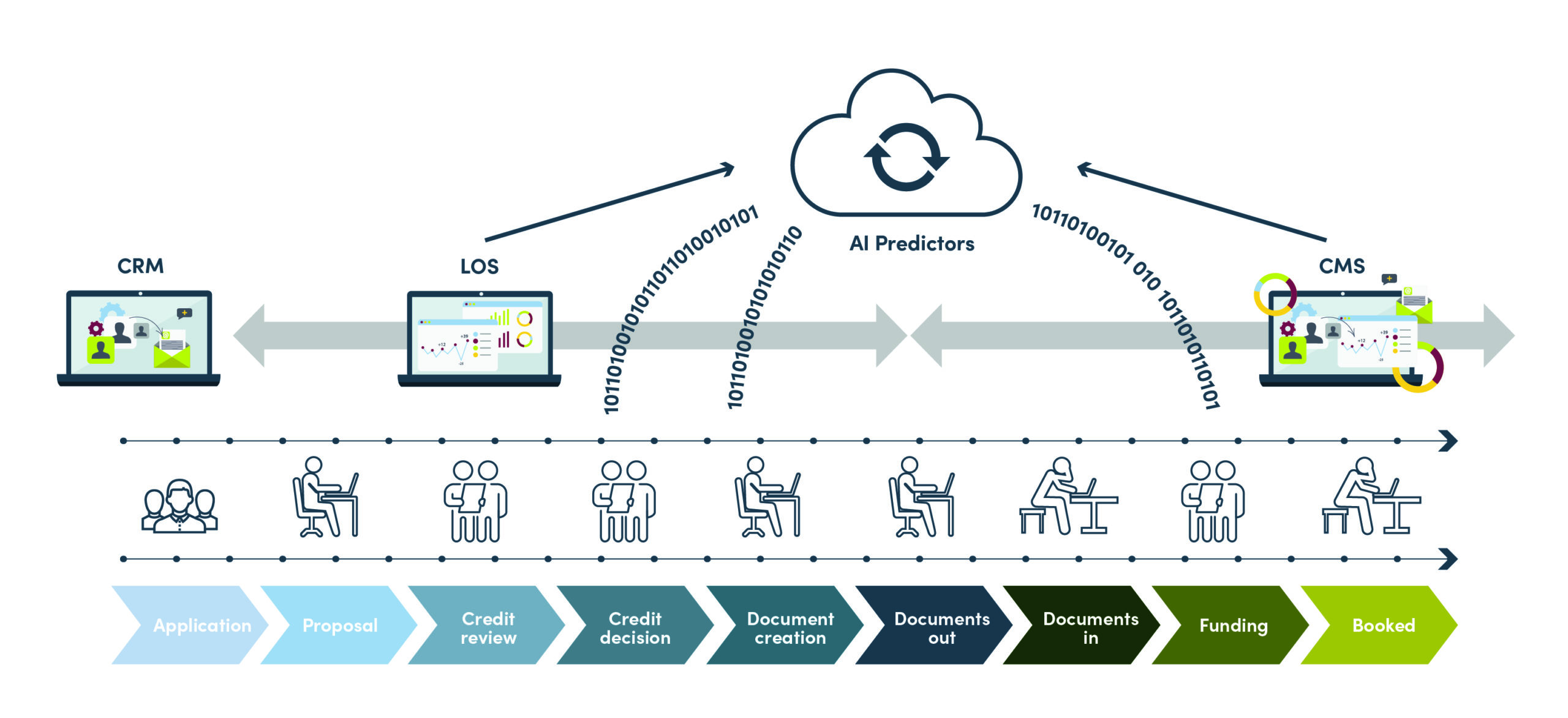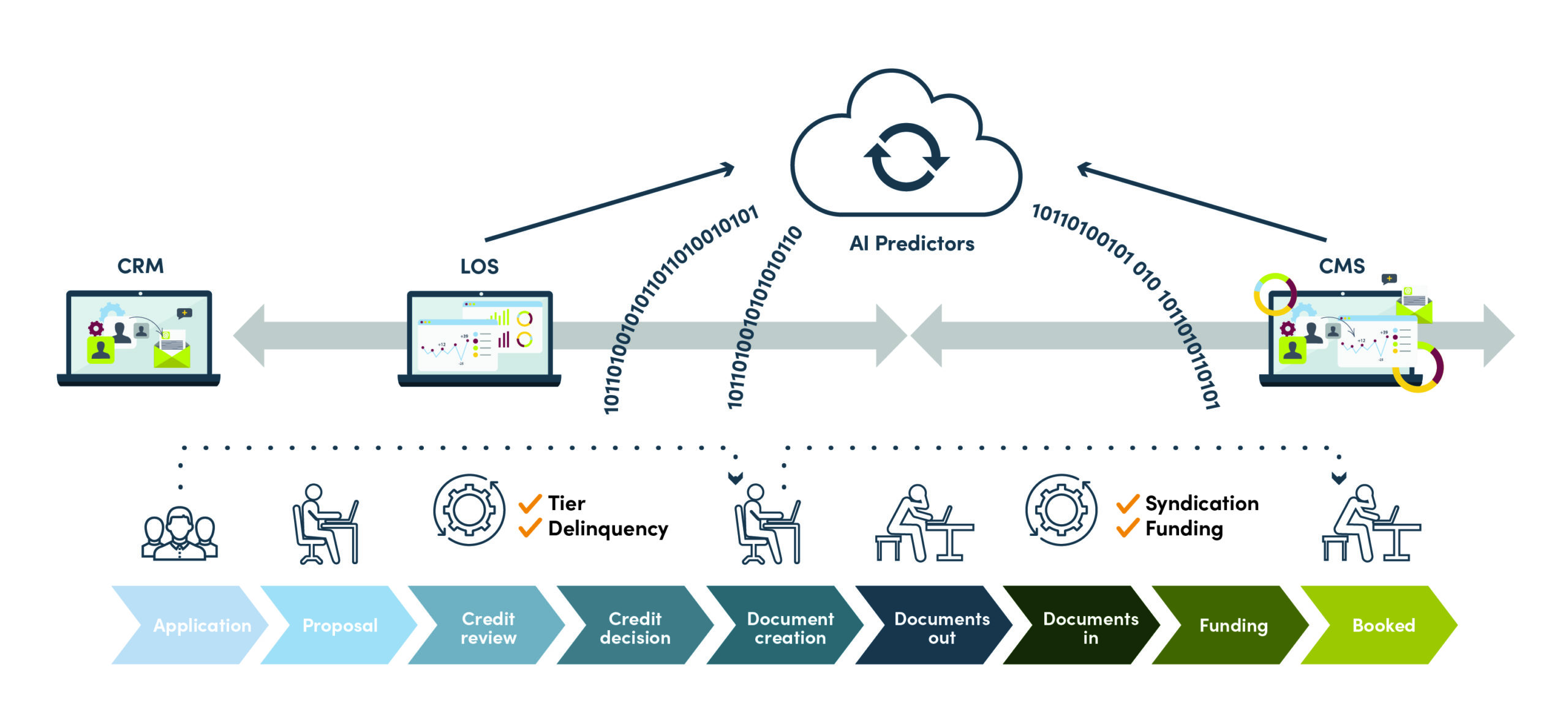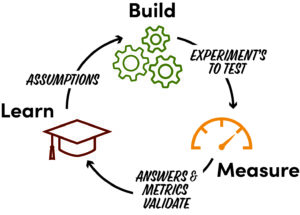“Technology is a tool” and this technology is a perfect fit for HR, as explained by Scott Nelson, president and chief digital officer at Tamarack Technology in this Monitor Web Exclusive. Learn how AI is not only good, but critical to human resource management in equipment finance.
For as long as I can remember I’ve been told that “technology will change everything.” Whether good or bad, from the wheel to electricity and the smartphone, it’s a true statement. The latest “big thing: in technology is AI. Depending on your choice of news sites, AI will either lead to the end of civilization or you won’t be able to survive without it. I choose to believe that AI will reshape our world in positive ways.
In Marc Andreessen’s new article on AI – Why AI will save the world – he subscribes to the same thesis: AI is not something that will take all of our jobs nor lead to the extinction of our species, it is a technology that will make the world a better place.
The core of Andreessen’s argument is that AI will augment human intelligence and human productivity in almost every way. An extension of his 2011 article – Software is eating the world, his statement about AI was more about how software was going to become the key to the performance of both the products themselves and their production or output. Andreessen is still all-in on software, but his AI thesis is about really about people and workflows. This article states – and I believe – AI is going to make people better.
With that thesis in mind, here’s how AI will be critical to human resource management in equipment finance.
People are the key to the success of a business and the development of those people is the key to the growth of that business. Equipment Finance (EF) is a business that runs on workflows – origination workflows, funding workflows, collection workflows, etc. EF companies delpoy workflow software, but their execution and efficiency is still dependent on the people who run it. If Andreessen is right, then the people working at companies that embrace AI, are going to learn faster than their competition and win. Many finance companies are already implementing AI in operational processes to speed up and improve the use of capital. But how many companies have turned to HR? Which has the responsibility for the training and development of the human capital of the organization? Answering the question, “How are we going to use AI to make our people better?”
Unfortunately, AI has resurrected the fear of technology replacing people and taking their jobs. But like every other new technology, Jevons’ Paradox correctly predicts that technology efficiencies actually increase the demand for resources rather than eliminating them. This reality has already been seen in the equipment finance space within companies that implement AI products. They have accelerated hiring as the productivity of their people has increased with the use of new data-centric tools.
Combine Andreessen’s vision for AI with Jevons’ economic reality and every finance business leader better be thinking about how they can leverage AI as a tool for improving human productivity rather than something to fear and avoid. This is not a suggestion that HR should use AI as a recruiting or matching tool. That task is not as easy as it might sound and has potential consequences if not used properly. HR is a discipline steeped in corporate policy, government regulations, and litigation. A recent article on the legal landscape for using AI highlights how AI-based recruiting tools could challenge employment regulations. This risk is very real since AI is trained on historical data and could produce unwanted decisioning behaviors. This will be an area of some consternation because of the proximity of litigation to HR decisions.
The operational way to apply AI to the responsibilities of HR has already been seen to be more effective – examples include organizational education, training and skill development. The focus, however, should be on using AI tools, whether operational predictors or generative AI, to help people to learn faster and perform at a higher-level. At Tamarack, our software engineers have been using ChatGPT and Microsoft Copilots for the past six months to learn skills faster, e.g., suggestions on complicated SQL queries, as well as just do repetitive or mundane coding tasks much faster, e.g., data field renaming across a segment of a data schema.
Consider three AI implementations that an organization can use to help the organization learn faster and compete harder.


Pre-trained AI agents can effectively mentor new operators while simultaneously increasing the capacity of the organization by continuing to process high volumes of the lower risk workflow in parallel with training programs. As a result, the AI eliminates the routine activities and helps employees focus on the harder problems that create more learning and more value.
Such an AI-based simulations can both train and enhance employee analytics capabilities without taking risks with real-world experiments.

Those who think of or fear AI as a tool to reduce human labor, are missing the true value of the technology in the context of organizational development. Per Andreessen and Jevons, AI is going to increase the productivity of and need for human capital. The real question is “How do I get ahead of the competition using this tool?” Some have already turned to AI-based automation to improve both the speed and quality of operational workflows. This is a powerful application of AI. But there is also an opportunity to enhance the productivity of the people who are performing the workflows of equipment finance by enabling them to focus on those decisions that AI is either not ready or unfit to do. The organization’s people will continue to define its competitive strength and only through using AI as a tool to improve the performance of the people, to teach them better and faster, to help them dig deeper into the data streams of the business will a business sustain competitive advantage.
Equipment finance companies who add AI to their practice of HR will make their people feel better about their accomplishments with AI, not fear it. Winning always feels better.